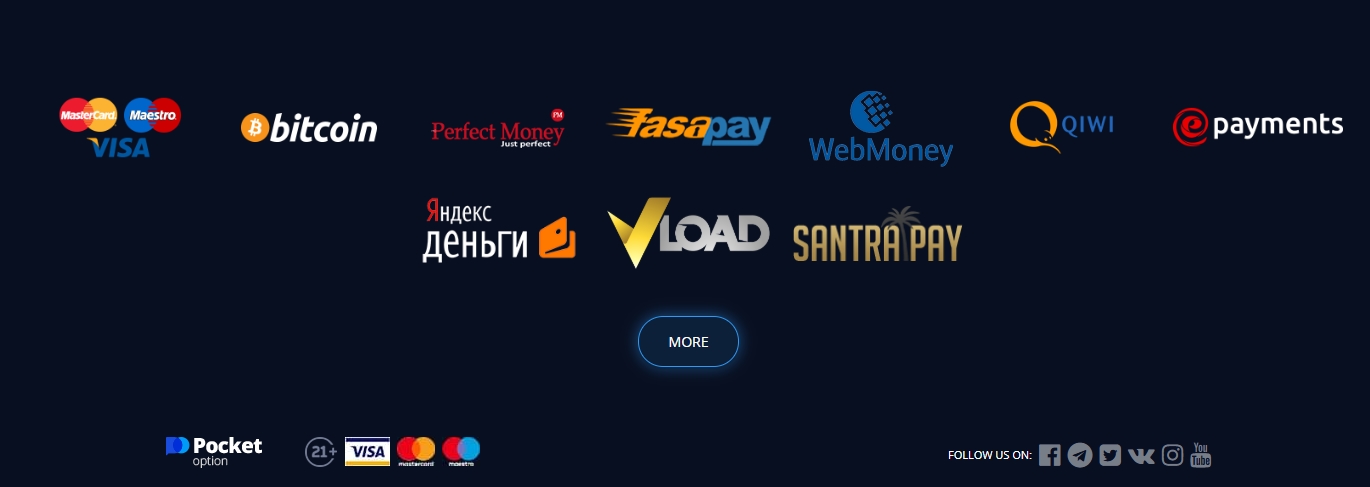4. Time Efficiency: Copy trading eliminates the need for extensive market analysis and research, as traders can rely on the expertise of experienced traders. This saves time for both novice and experienced traders and enables them to focus on other aspects of their trading endeavors.
Introduction:
In recent years, the financial markets have witnessed a significant transformation with the emergence of innovative trading technologies. One such advancement that has gained immense popularity is binary options copy trading. This article aims to explore the concept of copy trading in the context of binary options, its benefits, Binary options and potential risks.
Understanding Binary Options Copy Trading:
Binary options copy trading is a form of social trading that allows investors to replicate the trades of experienced traders in real-time. This concept leverages the power of collective wisdom, cameradb.Review enabling novice traders to benefit from the expertise and strategies employed by seasoned professionals. By copying trades, investors can potentially earn profits without requiring extensive market knowledge or experience.
Conclusion:
Binary options copy trading has revolutionized the financial industry by providing an accessible and convenient way for investors to participate in the markets. It offers numerous benefits, including enhanced accessibility, learning opportunities, time efficiency, risk management, and diversification. However, investors must be aware of the associated risks and exercise due diligence when selecting traders to follow. With proper research, risk management, and platform selection, binary options copy trading can be a valuable tool for investors seeking potential profits in the financial markets.
Introduction:
In recent years, the world of financial trading has witnessed significant advancements in technology. One such innovation is the emergence of copy trading in the binary options market. Copy trading allows novice traders to mimic the strategies and trades of experienced traders, thereby reducing the learning curve and potentially increasing profits. This article aims to explore the concept of binary options copy trading and its potential benefits.
Introduction:
Binary options trading has gained significant popularity in recent years due to its potential for high returns and simplicity. However, not all traders possess the necessary skills or experience to consistently make profitable trades. To address this limitation, copy trading has emerged as an innovative solution for novice traders. This article explores the concept of trade binary options copy trading and its potential benefits in enhancing trading success.
4. Diversification: Copy trading allows investors to diversify their portfolios by following multiple expert traders with different trading strategies. This diversification can help mitigate the risks associated with relying on a single trading style or asset class.
Understanding Binary Options Copy Trading:
Binary options copy trading, also known as social trading, involves replicating the trades of experienced traders. This strategy allows novice traders to learn from the expertise of seasoned investors by automatically copying their trades. It eliminates the need for extensive market analysis and decision-making, making it an attractive option for beginners.
Potential Risks and Considerations:
While binary options copy trading offers numerous benefits, it is essential for investors to be aware of certain risks:
1. Reliance on Others: Investors must exercise caution when choosing traders to follow, as the success of their trades directly impacts the investor’s profitability.
2. Market Volatility: Copy trading does not guarantee profits, as market conditions and unexpected events can lead to losses.
3. Past Performance: While past performance can provide insights, it does not guarantee future success. Investors should consider various factors before selecting traders to follow.
4. Limited Control: Investors who copy trades have limited control over their trading decisions, as they are dependent on the actions of the chosen trader.
5. Platform Reliability: It is crucial to choose a reputable copy trading platform that ensures transparency, security, and reliable trade execution.
Benefits of Binary Options Copy Trading:
1. Accessibility: Copy trading enables individuals with limited market knowledge or time constraints to participate in financial trading, as it eliminates the need for extensive research and analysis.
2. Learning Opportunity: Novice traders can gain valuable insights into successful trading strategies employed by seasoned professionals, binary options thereby enhancing their own trading skills.
3. Time Efficiency: Copy trading allows investors to trade effectively without dedicating significant time to monitor the markets continuously.
4. Risk Management: Many copy trading platforms offer risk management tools, such as stop-loss orders, which limit potential losses and protect investors’ capital.
5. Diversification: Copy trading allows for portfolio diversification by following multiple skilled traders with different trading styles and asset preferences.



 Special Features
Special Features

